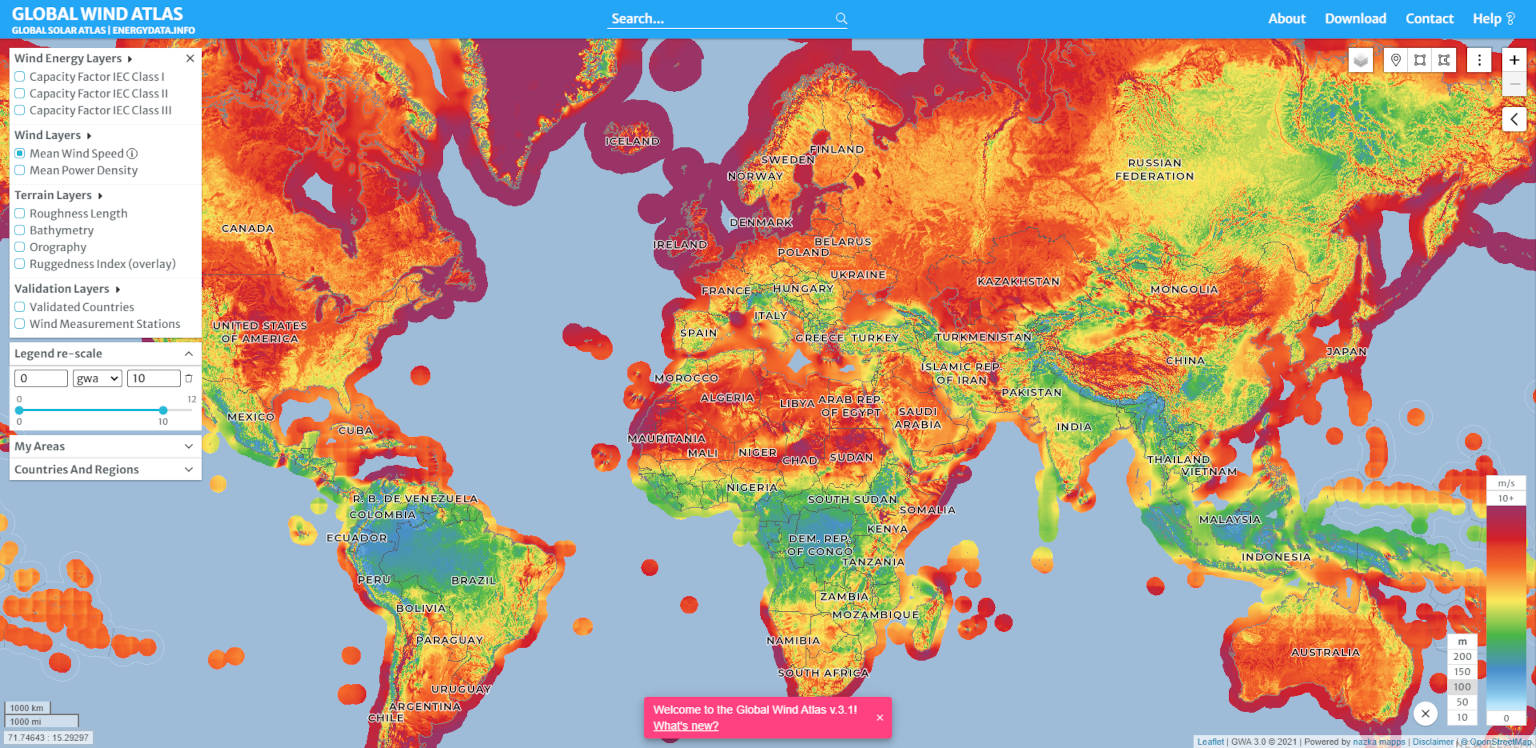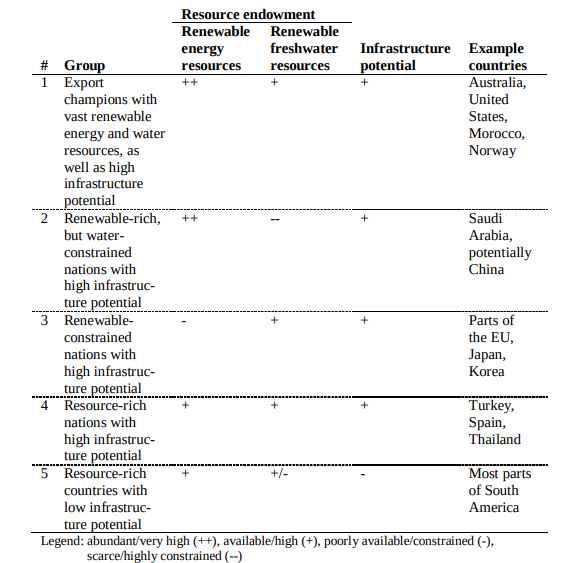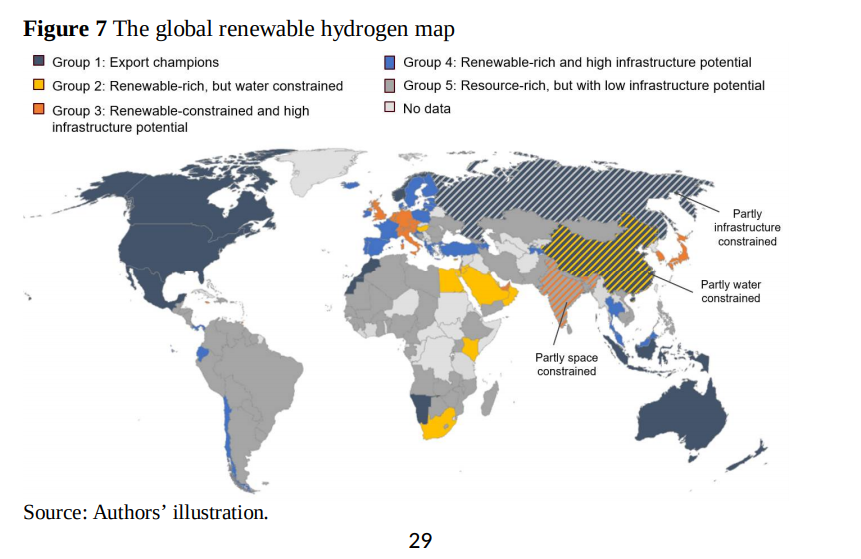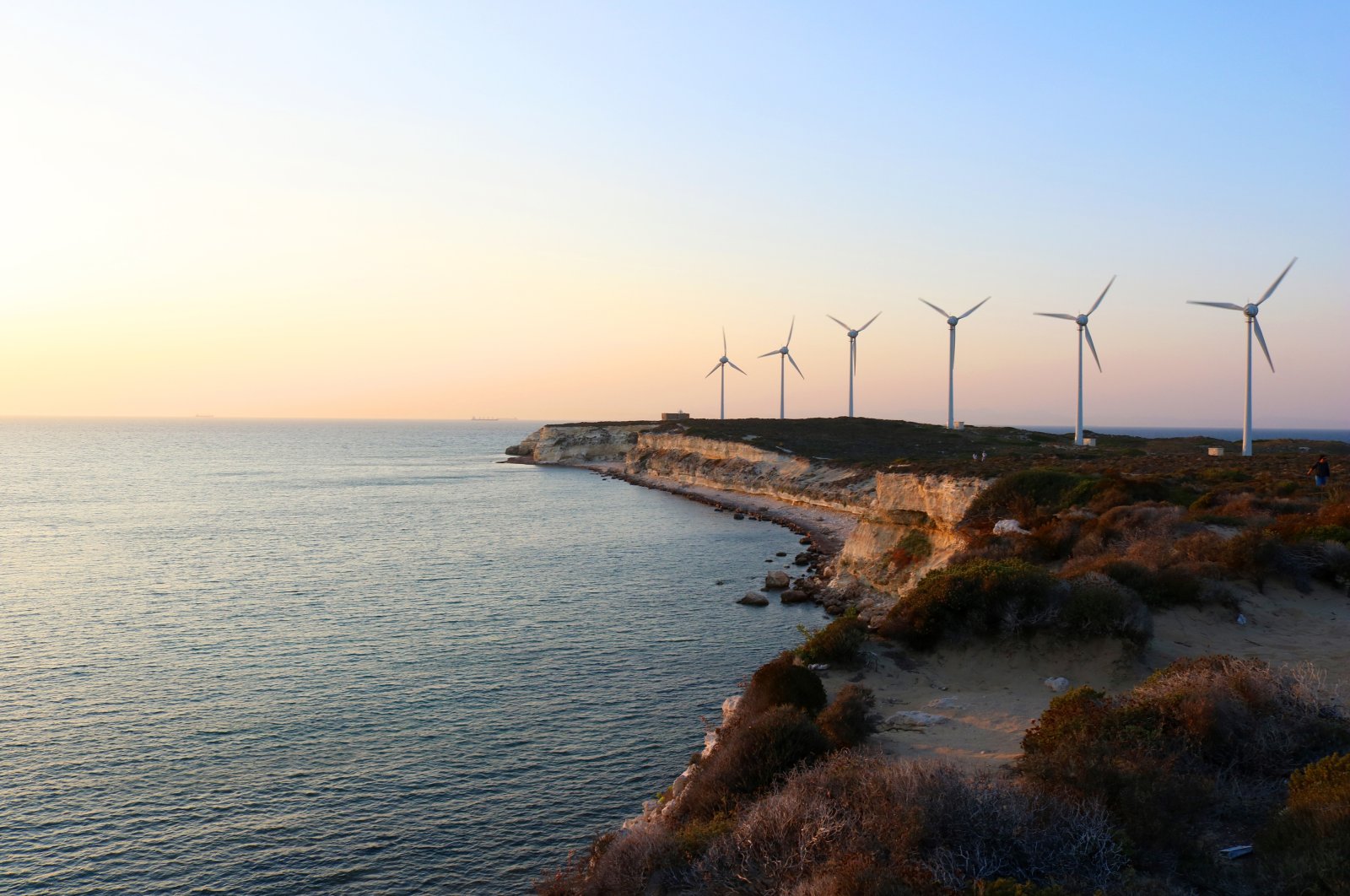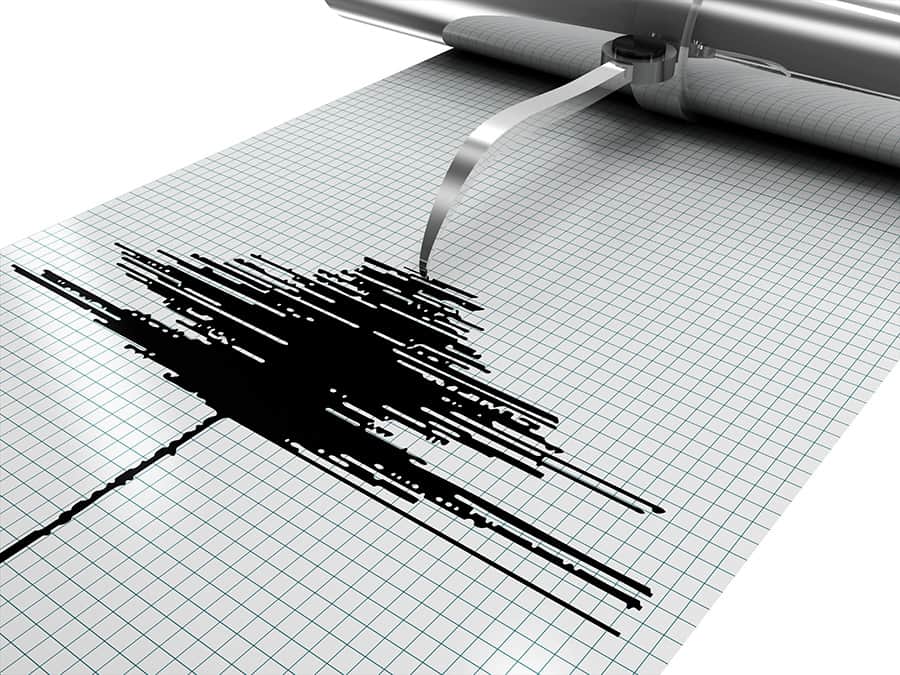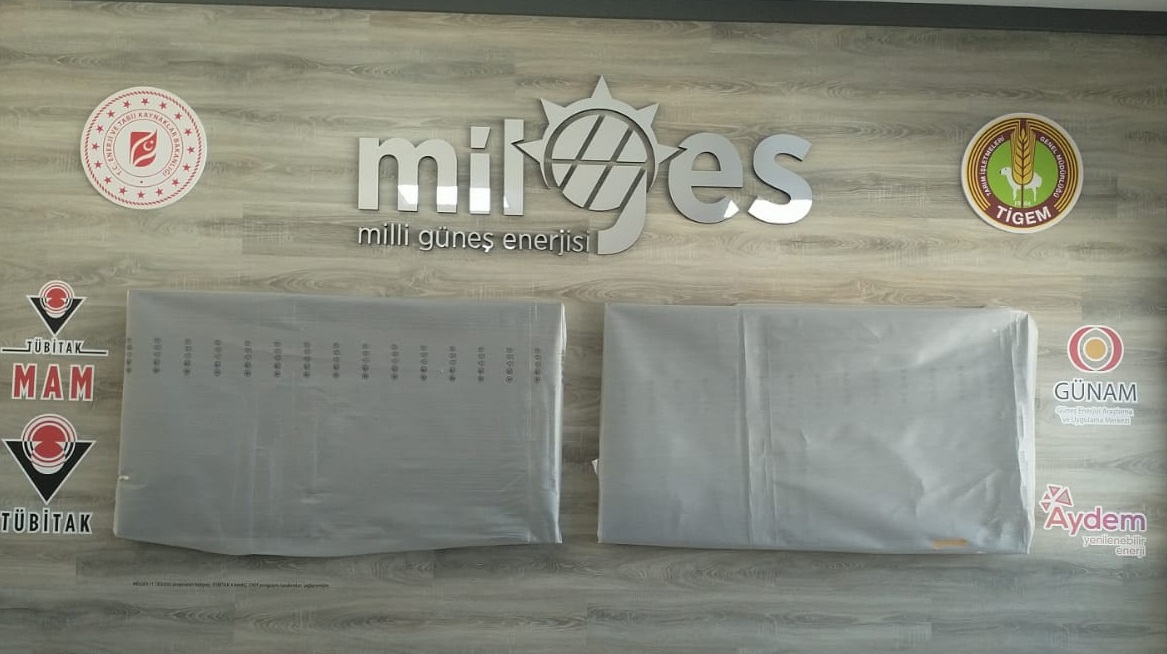LEAKED: EU’s trans-European energy infrastructure plan update
The European Commission will unveil plans on Tuesday (15 December) to finance cross-border energy infrastructure, as pressure builds on the EU executive to provide funding only to clean energy projects that will accelerate the transition to climate neutrality.
The planned update to the EU’s regulation on trans-European networks for energy (TEN-E) for the first time excludes oil and gas pipelines from receiving EU funding while opening the possibility to finance new hydrogen infrastructure, according to a leaked draft.
“Energy infrastructure is a key enabler for the energy transition,” the Commission says in the draft, highlighting that the European Green Deal is “the top political priority” of the European Commission led by Ursula von der Leyen.
The key objective of the updated regulation is to put Europe on a path to achieve climate neutrality by 2050, the EU’s main environmental goal and the bloc’s declared “
new growth strategy”.
To do this, “the Union will have to significantly scale up renewable electricity generation to reach a share of more than 80% of electricity production from renewable energy sources” by mid-century, the draft says.
“An estimated annual average investment of €50.5 billion for electricity transmission and distribution grids is required for achieving the 2030 targets alone,” it adds.
To complement the rise of electricity, the EU also plans “a relative increase in the role of renewable and low-carbon gases in the decarbonised energy mix,” the Commission says.
Hydrogen, a clean-burning gas currently made almost entirely from fossil fuels, is expected to account for approximately 46%-49% of all renewable and low-carbon gases in 2050, assuming electrolysers are put in place to generate clean hydrogen, the Commission says.
“By 2030, total investments needs in hydrogen electrolysers are estimated between €24-42 billion,” the Commission says. And “about €65 billion will be needed for hydrogen transport, distribution and storage,” the text adds.
For environmentalists and renewable energy supporters, this sets off alarm bells.
“Hydrogen may seem clean and futuristic, but 99% of hydrogen in Europe today is made by fossil fuel companies splitting gas and releasing carbon, worsening global warming,” said Tara Connolly, energy campaigner at Friends of the Earth Europe.
“Instead of asking what hydrogen can do for Europe’s gas industry, the EU should be asking what hydrogen can really do for Europe’s energy transition,” she said.
The draft proposal does mention a sustainability criteria for hydrogen production but it is not mandatory for all energy infrastructures, critics say.
For instance, “there could be funding for reception, storage and regasification or decompression facilities that allows ‘the injection of hydrogen in the grid’,” says SolarPower Europe, a trade association.
While the revised TEN-E regulation eliminates oil and gas infrastructure from possible Projects of Common Interest eligible for EU funding, it also creates a new “smart grids” category, which includes gas networks that makes use of digital solutions to integrate low-carbon and renewable gases.
According to SolarPower Europe, this is “a backdoor to further funding for gas grids and hydrogen from non-renewable sources.”
The European Commission will unveil plans on Tuesday (15 December) to finance cross-border energy infrastructure, as pressure builds on the EU executive to provide funding only to clean energy projects that will accelerate the transition to climate neutrality.
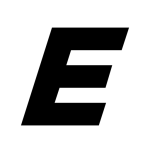
www.euractiv.com


